Manikarnika Ghat is one of Varanasi's oldest ghats, and according to Hinduism's sacred texts, it has the highest status among all ghats. It is thought that if a person is burned here, he will achieve moksha right away (salvation). The Scindia Ghat and the Dashashwamedh Ghat encircle it on all sides. The Manikarnika Ghat, like other ghats in Varanasi, is surrounded by a wonderful mythical narrative that also explains how it got its name. Lord Shiva is said to have brought Goddess Adi Shakti, or Goddess Sati, to the Himalayas when she leaped into the flames and beheaded herself. He was engulfed in interminable grief there. Lord Vishnu was touched by his misery and unleashed his Divine Chakra (one of his weapons), which slashed Goddess Adi Shakti's body into 51 pieces. Each of the places on Earth where her parts landed was designated as a Shakti Peeth. Because her earrings dropped at this ghat, it was designated as a Shakti Peeth and given the name Manikarnika, since Manikarna means ear rings in Sanskrit.
The ghat welcomes you with a variety of sights, sounds, and fragrances. On one corner, you may find a priest preaching to a large crowd, while on the other, you would see individuals performing cremation rituals. The air is filled with smoke as hundreds of victims are thrown into the flames, possibly reminding onlookers of death's certainty and how fleeting everything is. Although photography is permitted at the Manikarnika Ghat, one of Varanasi's tourist attractions, caution should be taken to ensure that the entire procedure is not disrupted.


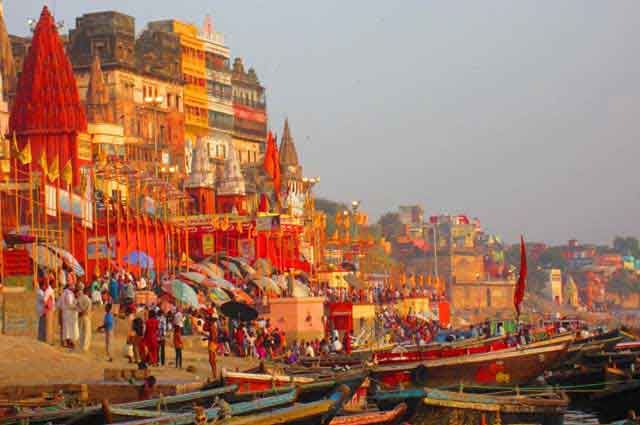
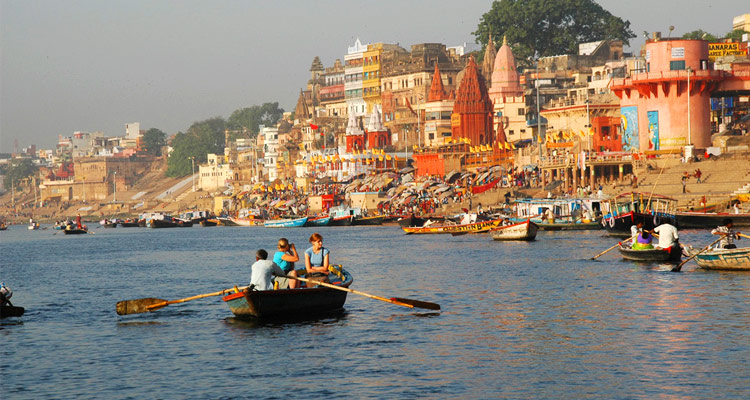
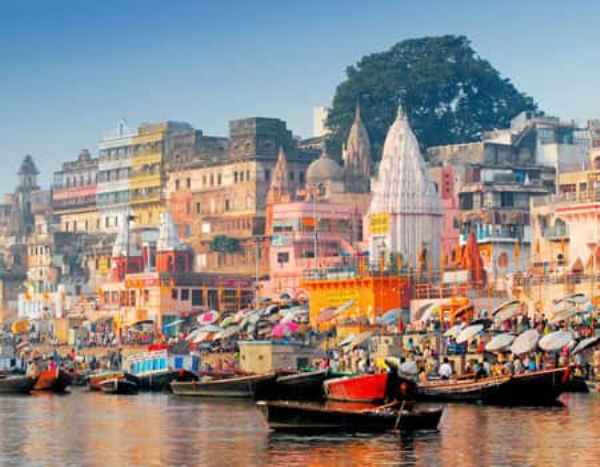
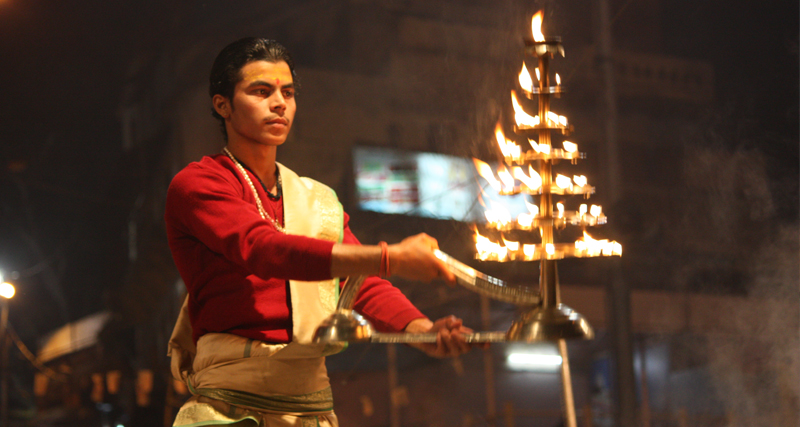
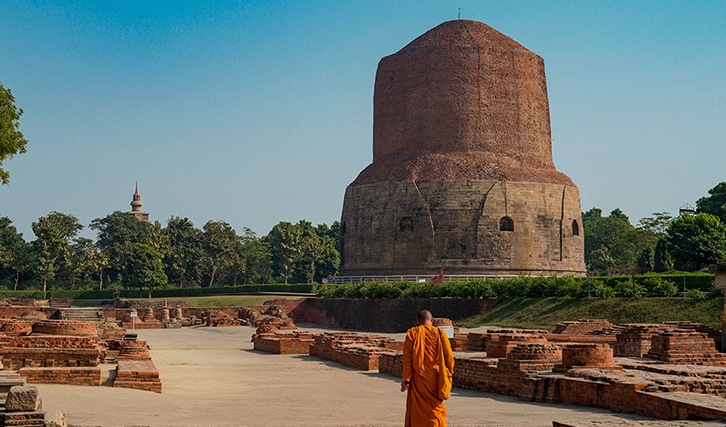
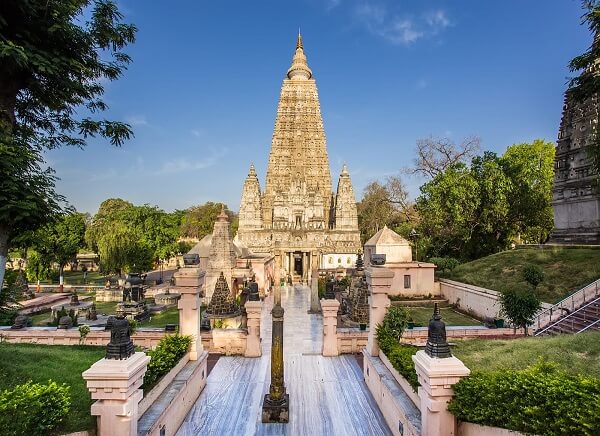
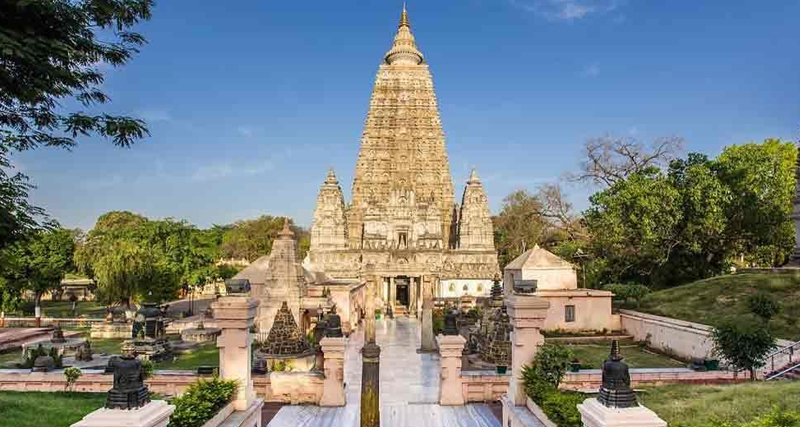
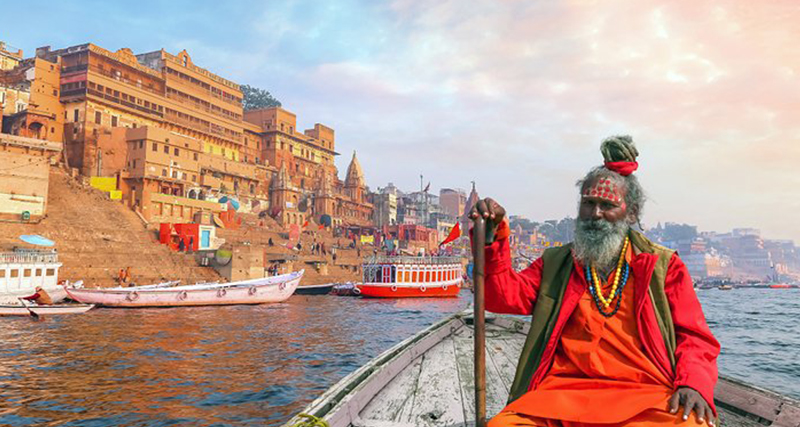
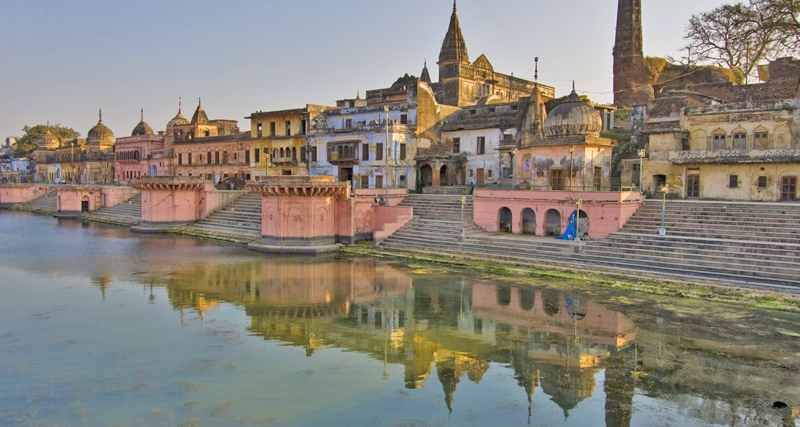
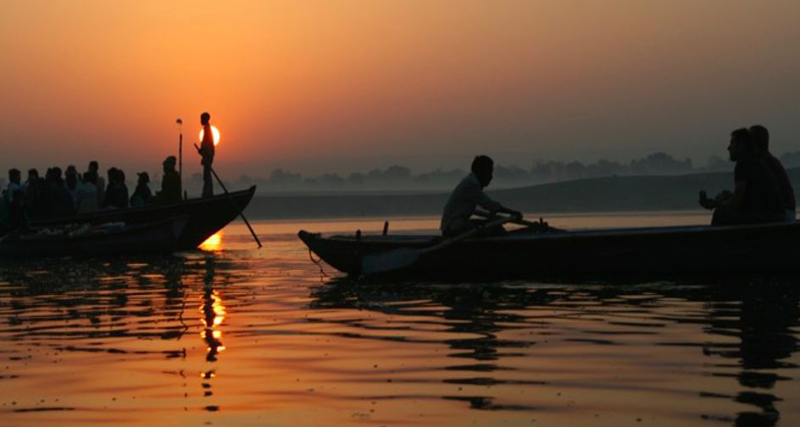
 +91-7303039611
+91-7303039611